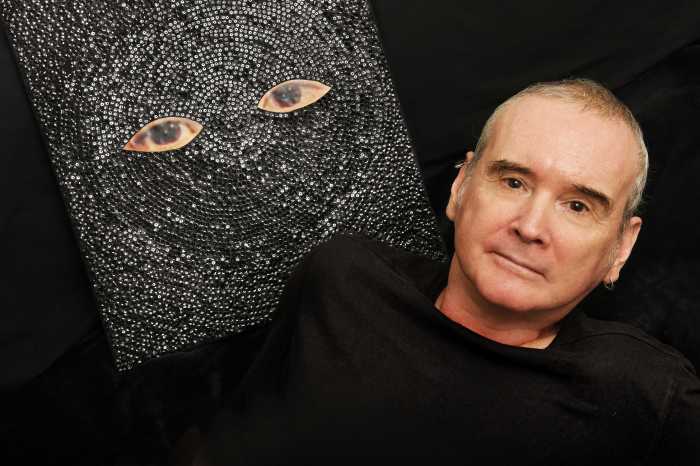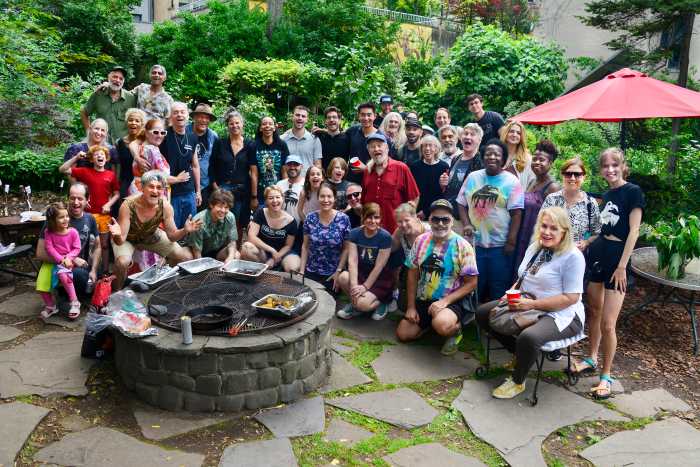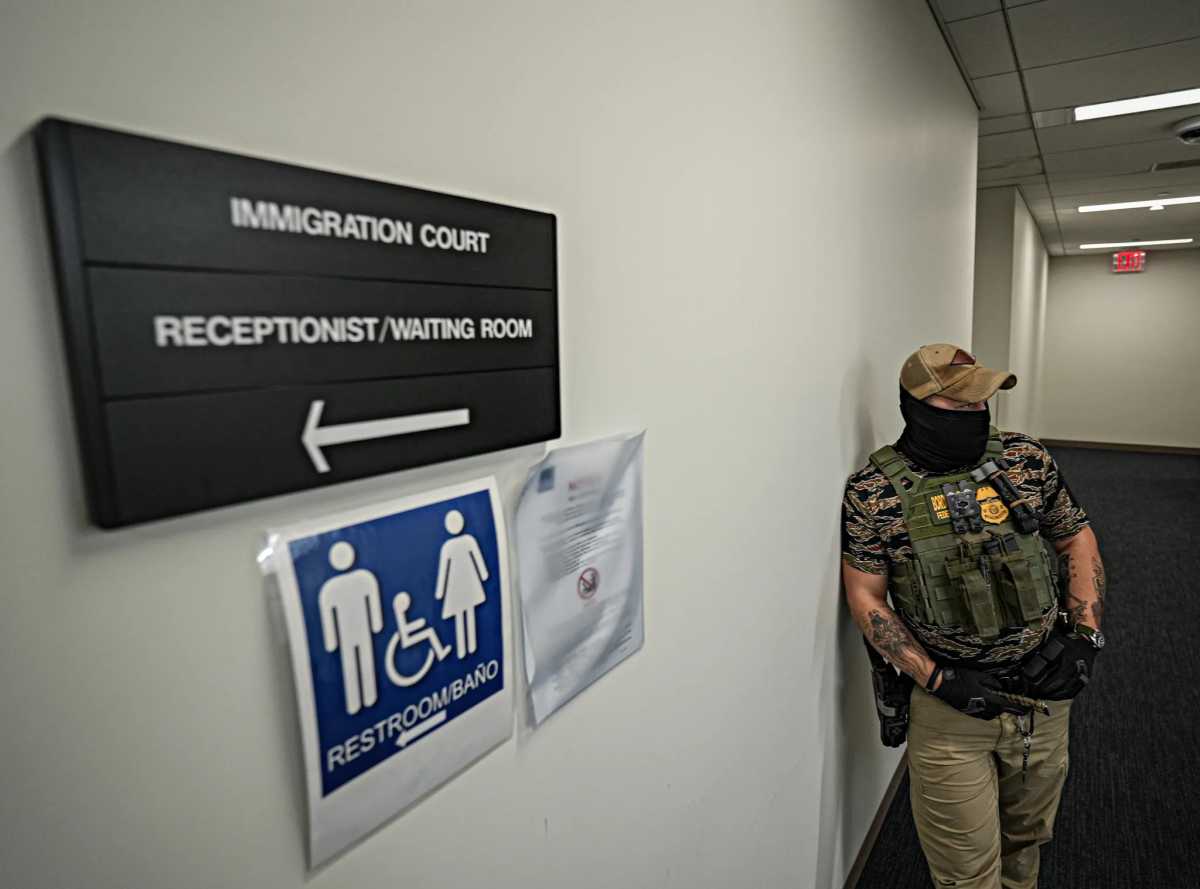By Albert Amateau
The St. Vincent’s Hospital/Rudin residential plan ought to be redesigned and five of the hospital’s nine existing buildings slated for demolition should be preserved, according to a resolution passed unanimously this week by Community Board 2’s Omnibus St. Vincent’s Hospital Committee.
The March 17 resolution, to be considered for approval by the full community board on Thursday, is directed to the city Landmarks Preservation Commission, which will hold an April 1 hearing on whether the proposed project is appropriate for the Greenwich Village Historic District.
“We want the Landmarks Preservation Commission to take a hard look at each of the buildings slated for demolition,” said Brad Hoylman, chairperson of Community Board 2 and co-chairperson of the Omnibus St. Vincent’s Hospital Committee.
The St. Vincent’s/Rudin project — the largest ever proposed in the Greenwich Village Historic District — has two parts.
The first part calls for demolishing eight buildings on the current main hospital campus on the east side of Seventh Ave. and replacing them with a new residential project to be developed by the Rudin Organization that includes a 265-foot-tall apartment tower on Seventh Ave. and two rows of five-story townhouses to the east on 11th and 12th Sts.
The second part calls for the demolition of the hospital’s six-story O’Toole Building, originally built in 1964 as a maritime union hall on the west side of Seventh Ave., and erecting in its place a new 300-foot-tall, state-of-the-art hospital.
“The Rudin residential development proposes an overall height and bulk that is not appropriate in the historic district,” the Omnibus Committee’s resolution says. “The new St. Vincent’s Hospital is also far too tall and bulky to be in the historic district,” the resolution continues.
The committee wants L.P.C. to determine that five buildings on the east side of the avenue — the Smith, Raskob, Nurses Residence, Reiss and Spellman buildings — should be preserved as part of the plan. In addition, the committee wants the Cronin Building, also on the east side of the avenue, to be considered for preservation, and the O’Toole Building on the west side of the avenue to be “given careful consideration for preservation.”
The resolution, however, suggests that the hospital’s massive Link and Coleman buildings, erected in 1979 on the east side of the avenue, could be demolished “without a significant negative impact on the historic district.”
Michael Fagan, St. Vincent’s spokesperson, noted that the resolution also says the committee supports a new, modernized St. Vincent’s Hospital.
“We’re grateful for the support, but it seems to put obstacles in the way of our building a new hospital,” he said, apparently referring to the resolution’s call for the “careful consideration for preservation” of the O’Toole Building.
If Landmarks agrees to any of the preservation suggestions, an extensive redesign of the project would be necessary; and the resolution calls on St. Vincent’s to submit any new design to Community Board 2 for review.
Hoylman said Landmarks assured him that if a redesign were required, C.B. 2 would be allowed to review the new plans. Because of the expected large crowd, L.P.C. is holding the April 1 public hearing for the project, starting at 9:30 a.m., in Theater One of the Borough of Manhattan Community College, 199 Chambers St., between Washington and West Sts.






























